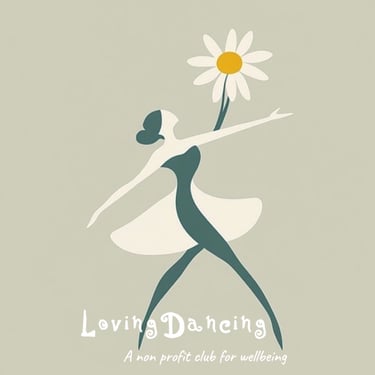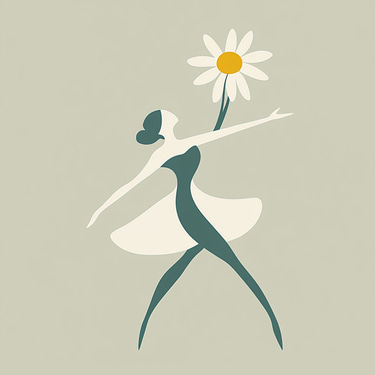Ballet levels for adults
sometimes we don't know which class i am ready to go...
BALLET 101
Mrs. DL
10/1/20242 min read
In the world of ballet, the requirements vary by level—beginner, intermediate, and advanced—also for adult ballet classes. Below are the typical expectations and skills associated with each of these levels as some guidance for you to choose the right class. It is always to be recommend to ask your teacher :)
1. Beginner (Beginner Level):
- Technique: Basic positions of the feet (1st to 5th position), fundamental arm positions and postures. Introduction to basic steps like plié, tendu, dégagé, rond de jambe, battement, and simple jumps (sautés).
- Posture: Focus on proper posture, spinal alignment, and leg muscle engagement. Understanding of balance and weight shifting.
- Movement Flow: Initial combinations at the barre and in the center (au milieu), slow and controlled movements. Simple step sequences such as chassé or pas de bourrée.
- Coordination: Developing coordination between arms and legs.
- Musicality: Basic understanding of timing and music, without complex rhythms.
- Goal: Building flexibility, strength, and body awareness. The goal is to gain confidence in basic movements.
2. Intermediate (Intermediate Level):
- Technique: Deepening the fundamental techniques. Introduction to more challenging steps like pirouettes (turns), more complex combinations, adagio (slow movements), and allegro (fast movements, jumps).
- Posture: Improvement of posture, especially in maintaining balance during more demanding positions and movements.
- Movement Flow: Smoother and more complex movements, longer combinations both at the barre and in the center. Learning light turns like pirouettes and jumps such as jeté and assemblé.
- Coordination: Increasing ability to coordinate arms, legs, and head movements simultaneously.
- Musicality: Better understanding of musical phrasing and the ability to execute more complex rhythms.
- Goal: Greater precision and control in executing movements, along with the development of strength and endurance.
3. Advanced (Advanced Level):
- Technique: Mastery of both basic and advanced techniques. Challenging turns like fouetté turns, jumps such as grand jeté, and complex combinations in adagio and allegro.
- Posture: Perfecting alignment and balance in complex movements. Ability to maintain stability even in difficult positions.
- Movement Flow: Complex and longer combinations with rapid changes in direction. Fluid transitions between movements with high precision.
- Coordination: Excellent coordination of arms, legs, head, and body. Ability to synchronize in challenging combinations.
- Musicality: Exceptional musical understanding, with the ability to respond to different rhythms and interpret them through dance.
- Goal: Professional execution of movements with expression, grace, and technical perfection. The aim is to interpret demanding dance pieces while demonstrating control, flexibility, and strength.
These three levels reflect the progressive development of technical and artistic skills in ballet, with each stage providing a solid foundation for the next. Adults learning ballet at these various levels can work on these challenges according to their goals and abilities.
(references: RAD, ABT, Vagnanova Ballet Academy)


DancingLoving - your non profit association for holistic wellbeing
mrs.dancingloving / Mrs. DL


Spotify: community music & podcast sharing
WhatsApp: open community
Instagram: mrs.dancingloving
LinkedIn & Facebook: stay tuned!
Newsletter: sign in in "contact"
